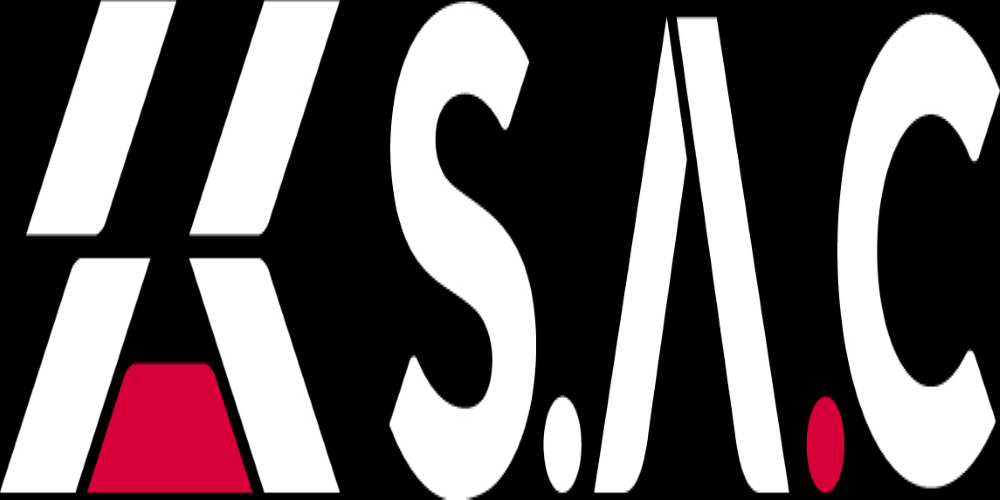紡ぐとは~紡ぎと繋ぎの違い~
糸を紡ぐという言葉は、綿や繭などの繊維を撚り合わせて糸にすることを意味します。これは、古くから人類が行ってきた伝統的な手仕事であり、衣服や道具などの素材として重要な役割を果たしてきました。一方、繋ぐという言葉は、離れたものを結びつけることを意味します。これは、物理的なものを繋ぐだけでなく、人や物事の関係を繋ぐことも含まれます。
一見すると似ているように見える「紡ぐ」と「繋ぐ」という言葉ですが、実は微妙な違いがあります。
1. 対象の違い
- 紡ぐ: 対象は繊維などの細長い素材です。
- 繋ぐ: 対象は形や大きさが様々です。
具体的には、「糸を紡ぐ」、「言葉を紡ぐ」のように、繊維や音声を対象とするのが「紡ぐ」です。一方、「橋を架ける」、「関係を繋ぐ」のように、物理的なものや関係性を対象とするのが「繋ぐ」です。
2. 行為の違い
- 紡ぐ: 繊維を撚り合わせるという、回転させる動きが伴います。
- 繋ぐ: 結ぶ、張り渡す、接着するなど、様々な方法があります。
「紡ぐ」は、繊維を撚り合わせることで、新しい糸という素材を生み出す行為です。一方、「繋ぐ」は、元々存在していたものを結びつけることで、一体化したり、関係性を構築したりする行為です。
3. 結果の違い
- 紡ぐ: 糸という新しいものが生まれます。
- 繋ぐ: 繋がりが生まれ、一体化したり、関係性が構築されたりします。
「紡ぐ」の結果として、糸という新しい素材が誕生します。一方、「繋ぐ」の結果として、離れていたものが一体化したり、関係性が構築されたりします。
比喩表現としての「紡ぐ」
近年、「紡ぐ」という言葉は、比喩表現として使われることが増えています。例えば、「言葉を紡ぐ」、「物語を紡ぐ」のように、言葉や音、時間を繋ぎ合わせて、何かを生み出すことを指します。
この比喩表現において、「紡ぐ」という言葉が使われる理由は、以下の点が考えられます。
- 繊維を撚り合わせて糸を作るという行為には、創造性や丁寧さ、繊細さが求められます。
- 紡いだ糸は、衣服や道具など、様々な形に変化することができます。
- 紡ぐという行為には、時間と労力が必要です。
これらの点が、言葉を紡いだり、物語を紡いだりする行為と共通していると考えられます。
言葉と繋ぎの深層にあるもの
「紡ぐ」と「繋ぐ」という言葉は、一見すると対照的な意味を持つように見えますが、実は深いところで繋がっていると言えるでしょう。
創造性
「紡ぐ」も「繋ぐ」も、何かを生み出すという創造性の側面を持っています。「紡ぐ」では、糸という新しい素材を生み出し、「繋ぐ」では、新たな関係性や一体性を生み出すことができます。
時間と労力
どちらの行為にも、時間と労力が必要です。「紡ぐ」には、繊維を丁寧に撚り合わせる時間と労力がかかります。「繋ぐ」には、適切な方法を選び、慎重に作業を進める時間と労力が必要です。
温かさ
「紡ぐ」と「繋ぐ」という言葉には、温かさを感じさせる側面があります。「紡ぐ」には、手作りの温かさや、丁寧に作り上げる愛情が感じられます。「繋ぐ」には、人との繋がりや、絆の温かさを感じられます。
まとめ
「紡ぐ」と「繋ぐ」という言葉は、それぞれ異なる意味を持ちながらも、創造性、時間と労力、温かさといった共通点を持つ奥深い言葉です。
ブログ記事を作成する際には、これらの言葉の奥深さに触れながら、読者が「紡ぐ」と「繋ぐ」という言葉について理解を深め、自分自身の言葉や表現に活かせるような内容にすることを心がけましょう。
記事を充実させるためのヒント
- 上記で説明した「対象の違い」、「行為の違い」、「結果の違い」に加え、「比喩表現としての「紡ぐ」」や「言葉と繋ぎの深層にあるもの」など、より深い考察を盛り込む。
- 具体的なエピソードや事例を交えて説明することで、記事をより読みやすく、理解しやすいものにする。
- 読者参加型の企画を取り入れることで、読者とのエンゲージメントを高める。
What is spinning? Difference between spinning and splicing
The word spinning refers to twisting fibers such as cotton or cocoons together into thread. This is a traditional handiwork that has been performed by humans since ancient times, and has played an important role as a material for clothing and tools. On the other hand, the word “connect” means to connect things that are separate. This includes not only connecting physical things, but also connecting relationships between people and things.
The words “spinning” and “connecting” may seem similar at first glance, but there are actually subtle differences.
1. Difference in target
Spinning: The object is a long and thin material such as fiber.
Connect: Objects come in all shapes and sizes.
Specifically, “spinning” refers to fibers and sounds, as in “spinning threads” and “spinning words.” On the other hand, “connect” refers to physical things and relationships, such as “build a bridge” and “connect relationships.”
2. Differences in behavior
Spinning: involves twisting the fibers together, a rotating motion.
Tie: There are various methods such as tying, stringing, gluing, etc.
“Spinning” is the act of creating new materials called threads by twisting fibers together. On the other hand, “connecting” is the act of integrating things or building relationships by connecting things that originally existed.
3. Difference in results
Spinning: A new thing called thread is born.
Connect: Connections are created, unification, and relationships are built.
As a result of “spinning,” a new material called thread is born. On the other hand, as a result of “connecting”, things that were separated become integrated, and relationships are built.
“Spinning” as a figurative expression
In recent years, the word “spinning” has been increasingly used as a metaphorical expression. For example, it refers to creating something by connecting words, sounds, and time, such as “spinning words” or “spinning a story.”
The following are possible reasons why the word “spinning” is used in this metaphorical expression.
The act of twisting fibers together to make thread requires creativity, care, and delicacy.
Spun thread can be transformed into various forms such as clothing and tools.
The act of spinning requires time and effort.
These points are thought to be common to the act of spinning words or spinning a story.
What lies deep in words and connections
At first glance, the words “spinning” and “connecting” may seem to have contrasting meanings, but they are actually deeply connected.
Creativity
Both “spinning” and “connecting” have the aspect of creativity in producing something. “Spinning” creates a new material called thread, and “Connecting” allows us to create new relationships and unity.
time and effort
Both actions require time and effort. “Spinning” takes time and effort to carefully twist the fibers. “Connecting” requires time and effort to choose an appropriate method and proceed with the work carefully.
Warmth
The words “spinning” and “connecting” have a warm side to them. “Spinning” conveys the warmth of handmade work and the love that goes into making it carefully. “Connect” means connecting with people and feeling the warmth of those bonds.
summary
Although the words “spinning” and “connecting” each have different meanings, they are profound words that have something in common, such as creativity, time and effort, and warmth.
When creating a blog article, try to touch on the depth of these words, deepen the reader’s understanding of the words “spun” and “connect,” and write content that they can use in their own words and expressions. Let’s keep this in mind.
Tips for enriching your articles
In addition to the “differences in objects”, “differences in actions”, and “differences in results” explained above, we will also consider deeper considerations such as “weaving” as a figurative expression and “what lies deep in the connections between words.” Include.
Make the article easier to read and understand by explaining it with specific episodes and examples.
Increase engagement with readers by incorporating reader-participation projects.

